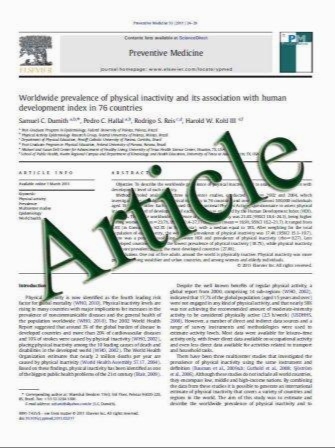Changes in susceptibility signs on serial T2*-weighted single-shot echo-planar gradient-echo images in acute embolic infarction: comparison with recanalization status on 3D time-of-flight magnetic resonance angiography
- نوع فایل : کتاب
- زبان : انگلیسی
- مؤلف : Yuki Shinohara & Toshibumi Kinoshita & Fumiko Kinoshita
- چاپ و سال / کشور: 2011
Description
Introduction The present study compares changes in susceptibility signs on follow-up single-shot echo-planar gradient-echo T2*-weighted images (GRE-EPI) with vascular status on follow-up magnetic resonance angiography (MRA) in acute embolic infarction. Methods Twenty consecutive patients with acute embolic infarction repeatedly underwent MR imaging including GRE-EPI and MRA using a 1.5-T MR superconducting system. All patients underwent initial MR examination within 24 h of onset and follow-up MR imaging within 1 month after onset. Results Changes in susceptibility signs on follow-up GREEPI were compatible with vascular status on follow-up MRA in 19 of the 20 patients. Susceptibility signs disappeared with complete recanalization in 13 patients, migrated with partial recanalization in 3, did not change together with the absence of recanalization in 2, and became extended together with the absence of recanalization in 1. Cerebral hemorrhage obscured susceptibility signs in the one remaining patient. Conclusion Susceptibility signs on follow-up GRE-EPI can reflect changes in an acute embolus, such as recanalization or migration, in this study. Serial GRE-EPI in acute embolism complements the diagnostic certainty of MRA by directly detecting an embolus as a susceptibility sign.
Neuroradiology DOI 10.1007/s00234-011-0895-6 Received: 4 March 2011 / Accepted: 17 May 2011


